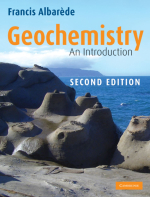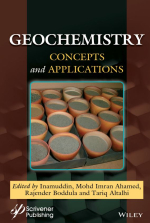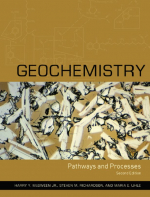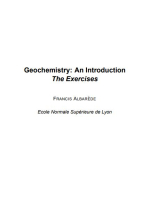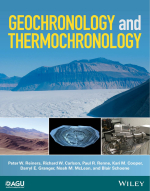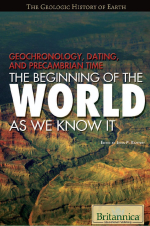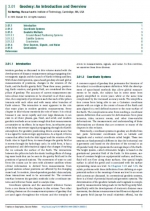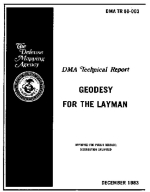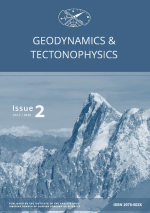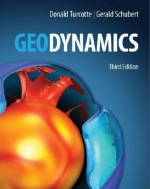Geochronology, including thermochronology, is an essential component of practically all modern Earth and planetary science and provides fundamental information for many other areas, including archeology, marine sciences, and ecology. Geochronology establishes the timing of critical events ranging from the age of the Earth to stratigraphic boundaries, and it provides unique constraints on the pace and dynamics of processes ranging from condensation of the solar nebula to planetary differentiation to surface exposure to biologic evolution. Given that Earth and planetary scientists commonly seek to understand relationships between events or phenomena for which physical evidence is incomplete or ambiguous, establishing temporal relationships through geochronology often provides a substantial basis for causality arguments.
Although the concept of geochronology has existed for millennia, and the particular name has been around since 1893, most scientists would probably agree that the modern practice or discipline is based on application of radioisotopic (or cosmogenic) systems in natural materials, which has existed for only a little more than a century (or less). Even into the 20th century, the geologic timescale floated freely in time. Geologists had established sequences of evolutionary and orogenic events in the rock record, but numerical estimates ranged widely, more so further back in geologic history. Without precise dates, only poorly constrained arguments could be made about the relative durations and the time separating major events in the geologic record. Likewise, prior to radioisotopic methods, the best available estimates for the age of the Earth (and solar system) disagreed by several orders of magnitude. The rather sudden recognition of nuclear structure and radioactive decay around the beginning of the 20th century, changed Earth and planetary science fundamentally. The very first radioisotopic dates measured increased the previously deduced minimum age of the Earth by about an order of magnitude, and subsequent work, less than 100 years ago, increased it by another factor of ten. <...>


